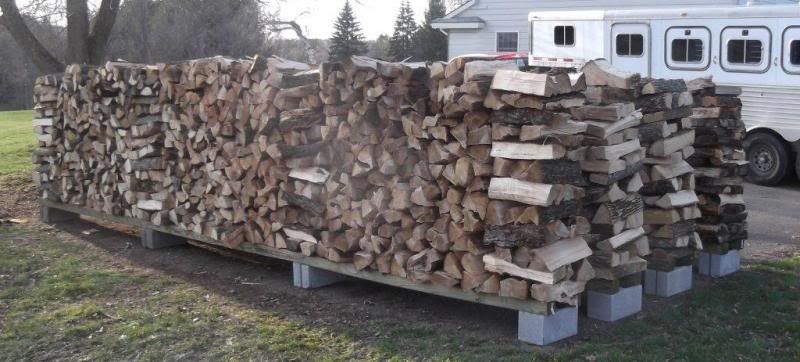Henry and Wanda
ArboristSite Operative
Hello,
The drying process in wood is on the cellular level. Water is contained in wood in 2 places. In the cells themselves and in the cell walls. The water in the cells leaves first while drying. Then when the wood reaches between 23-30 percent water (which is called the Fiber Saturation Point) then the water starts leaving the cell walls. This is when wood starts to shrink and move. I think the sooner you cut and split the wood, the sooner and faster it will dry !!!!!! This info is probably way more than you all wanted to know...LOL !!!!!!!
Henry and Wanda
The drying process in wood is on the cellular level. Water is contained in wood in 2 places. In the cells themselves and in the cell walls. The water in the cells leaves first while drying. Then when the wood reaches between 23-30 percent water (which is called the Fiber Saturation Point) then the water starts leaving the cell walls. This is when wood starts to shrink and move. I think the sooner you cut and split the wood, the sooner and faster it will dry !!!!!! This info is probably way more than you all wanted to know...LOL !!!!!!!
Henry and Wanda





